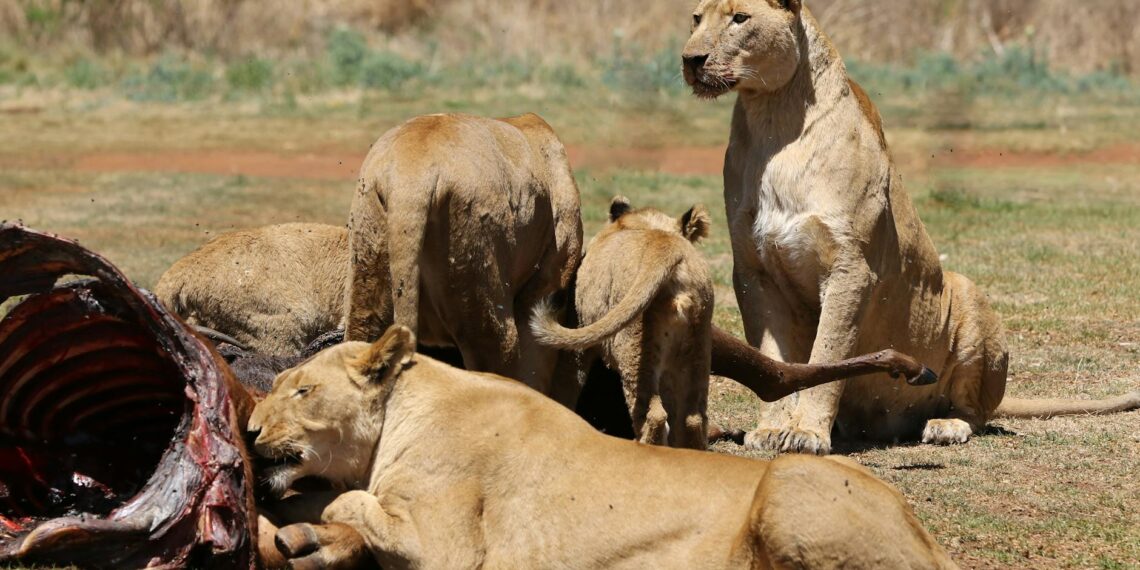Coin roll hunting, often abbreviated as CRH, is a popular hobby where individuals search through rolls or boxes of circulating coinage, typically obtained from banks or credit unions, to find collectible coins.
Here’s a breakdown of what coin roll hunting involves and what to look for:
- Acquiring Coins: Coin roll hunters visit banks to purchase rolls of pennies, nickels, dimes, quarters, half dollars, or even dollar coins at face value.
- The Hunt: They then meticulously search through these coins, examining them for specific characteristics that make them valuable to collectors.
- The Goal: The primary objective is to discover coins worth more than their face value due to their rarity, historical significance, metal content, or unique errors.
- Returning the Rest: The coins that are not deemed valuable are re-rolled and returned to a different bank (a “dump bank”) to avoid repeatedly encountering the same coins in subsequent hunts and to maintain good relationships with local banks.
- Silver Coins:
– U.S. dimes, quarters, half dollars, and dollar coins minted in 1964 or earlier contain 90% silver. These are a prime target for coin roll hunters due to their inherent silver melt value, which often exceeds their face value.
– Kennedy half dollars minted between 1965 and 1970 contain 40% silver.
– [According to The Spruce Crafts] , nickels minted between 1942 and 1945 are 35% silver and are commonly referred to as “war nickels”.
- Key Date Coins: These are coins minted in limited quantities in a particular year and with a specific mint mark. [According to Wikipedia] , examples include the 1909 S VDB Wheat Cent and the 1916 D Mercury Dime.
- Error Coins: Due to the sheer volume of coins minted, occasional errors can occur during the minting process, resulting in highly collectible and valuable coins. Examples of errors to look for include:
– Doubled Dies: Errors where the coin’s design appears doubled. The 1955 doubled die cent is a famous example that can be worth thousands of dollars.
– Missing Design Elements: Parts of the coin’s design are missing.
– Off-Center Strikes: The coin’s design is not centered on the planchet.
– Planchet Errors: Defects in the coin blank itself.
– Other Errors: Die clashes, punching errors, overdates, die cracks, rotated dies, clipped planchets, and missing mint marks.
- Indian Head Pennies (1859-1909) and Wheat Cents (1909-1958): These older pennies are valued for their copper content and historical significance.
- Copper Pennies: Any penny minted before 1982 contains 95% copper, making them more valuable than their face value due to the metal content.
- Proof Coins: Coins struck with a special finish by the U.S. Mint that occasionally enter circulation and can be found in rolls.
- Commemorative Coins: Special issue coins, such as State Quarters, can also be collected and may increase in value over time.
- Build Relationships with Banks: Establish relationships with bank tellers and managers, especially those at smaller, full-service banks or those with high merchant business volume.
- Educate Yourself: Research coin values, key dates, and error varieties to know what you’re looking for.
- Be Patient: Finding valuable coins can be time-consuming and require sifting through many rolls.
- Use a “Dump Bank”: Return your unwanted coins to a different bank or credit union to avoid re-searching the same coins.
- Invest in Tools: While not strictly necessary, some coin roll hunters use tools like coin trays, magnifying glasses, and reference materials like [the Red Book] to aid in their search.
Coin roll hunting can be a rewarding and relatively inexpensive hobby, offering the thrill of discovering hidden treasures in everyday circulation. While the monetary returns may vary, the educational value and potential for exciting finds make it a worthwhile pursuit for many collectors.









What coins are best for coin roll hunting?
If your goal is to consistently find something at least a little above face value, then pennies will almost always deliver (ie Wheats), if your goal is to acquire Silver then War Nickels are probably the most consistent finds. If errors are your primary goal then Quarters are probably best.
Can you make money coin hunting?
From my experience, Yes, it is possible to collect coins and sell them later for a profit. However, most people who start collecting for that reason lose money and leave the hobby. Many will tell you that learning how to grade coins accurately is more important than simply collecting old or rare coins.
Do banks still give free coin rolls?
Banks often give out free coin wrappers for customers to use. You’ll sort your coins into pennies, nickels, dimes and quarters and then wrap them yourself. After the bank teller counts your coins, they will give you cash in exchange or send a deposit to your savings or checking account.